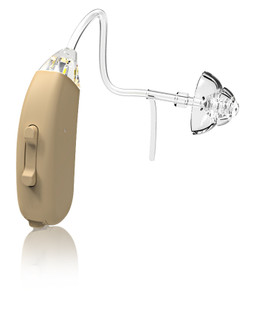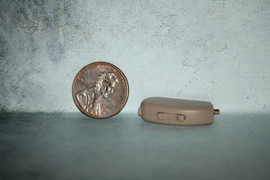The Evolution of Hearing Aids: A Historical Perspective
Posted by DR Paul on Oct 18, 2023
Hearing loss is a common occurrence nowadays, and hearing aids have become a critical aspect of many people's lives. However, hearing aids have not always existed in the form we know them today. The history of hearing aids has been long and intricate, dating back centuries. So, in this blog post, we will discuss the evolution of hearing aids and how they have progressed over the years.
The first primitive hearing aids were invented as early as the 17th century. The first-ever device was called an ear trumpet, invented in the late 1600s. Ear trumpets were rudimentary horns invented to amplify sound, by capturing it in one end and then amplifying it and transmitting it to the eardrum. Throughout the 18th and 19th centuries, various modified ear trumpets came into existence, with different designs and shapes.
During the 20th century, hearing aids underwent significant changes in their design and technology. Early hearing aids in the 20th century used carbon microphones, which converted sound into electrical signals that amplified sound. Over the years, hearing aid manufacturers kept experimenting with various electronic components, including vacuum tubes and transistors, which were used to enhance the overall hearing capability.
The 1980s and 1990s were critical in the evolution of hearing aids. This period saw the advent of digital signal processing (DSP). Digital hearing aids used complex algorithms to more accurately amplify the excellent sound quality while reducing background noise. Along with digital signal processing and miniaturization of technologies, hearing aids became much more convenient and user-friendly.
Today, hearing aids have become advanced technological marvels, featuring sophisticated features such as wireless connectivity, rechargeable batteries, and smart apps. Hearing aids have come a long way from the primitive ear trumpets to the current advanced digital hearing aids that feature multiple microphones and Bluetooth connectivity. These advances in technology have made hearing aids more effective, more comfortable, and more discrete.
Conclusion:
In conclusion, the history of hearing aids has been remarkable in its progress, and we can only expect better things in the future. As an essential aspect of daily life, it's comforting to know that hearing aids have come thus far to improve the condition of people with hearing loss. Nevertheless, we look forward to more advancements in technology that will provide better hearing solutions and make people's lives more comfortable.










